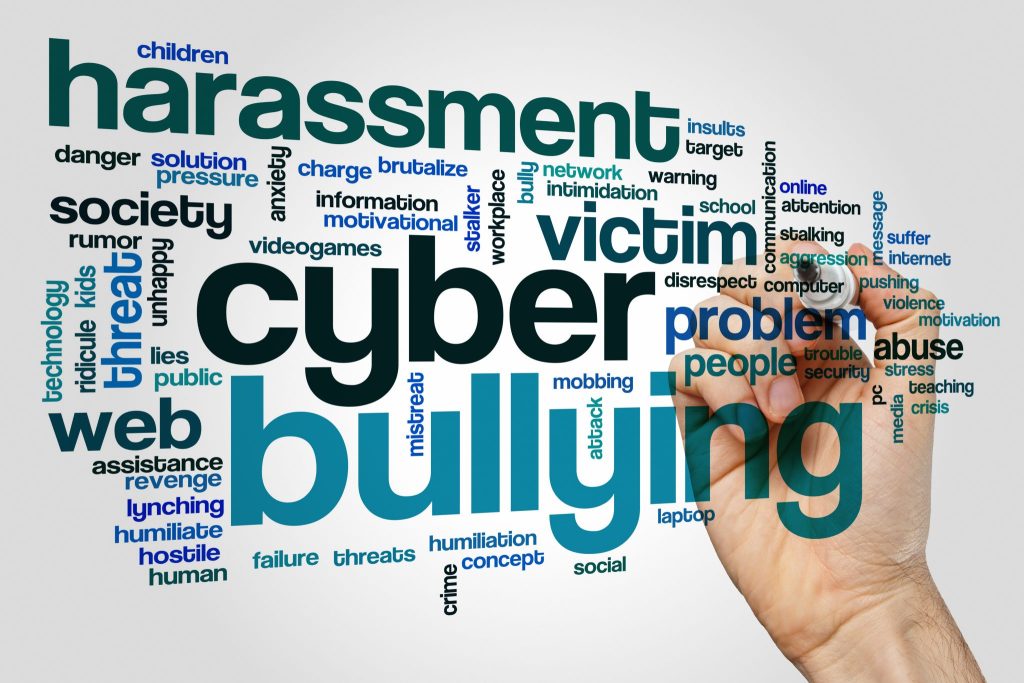The Role of Social Media in Bullying

The Cyber Shadow: How Social Media Fuels Bullying’s Reach and Impact
In the contemporary digital landscape, social media platforms have become ubiquitous, offering both opportunities and challenges for individuals of all ages. While social media can facilitate communication, foster communities, and provide access to information, it has also created new avenues for bullying behaviors. This article delves into the complex relationship between social media and bullying, examining its impact on students, exploring the unique influences of different platforms, and providing practical strategies for combating this issue effectively.
Impact of Social Media on Bullying Behaviors
The anonymity and reach of social media platforms can embolden individuals to engage in bullying behaviors that they might not exhibit in face-to-face interactions. Cyberbullying, a form of bullying that occurs through electronic devices, can take various forms, including:
– Flaming: Posting or sending offensive or hurtful messages
– Harassment: Repeatedly sending unwanted or threatening messages
– Denigration: Spreading rumors or posting embarrassing photos or videos
– Impersonation: Creating fake accounts to harass or defame someone
– Exclusion: Intentionally excluding someone from online groups or activities
Psychological Impact on Victims

Cyberbullying can have devastating consequences for victims, leading to a range of psychological and emotional issues, including:
– Depression and anxiety
– Low self-esteem and body image issues
– Social isolation and loneliness
– Suicidal thoughts and behaviors
Prevalence of Cyberbullying Among Students
Research indicates that cyberbullying is a significant problem among students. According to a 2021 study by the National Center for Education Statistics, nearly one in five students aged 12-18 experienced cyberbullying in the past year. Certain social media platforms have become particularly notorious for facilitating cyberbullying, including:
– Instagram: With its focus on visual content and popularity contests, Instagram can create a culture of comparison and judgment, making it a breeding ground for cyberbullying.
– Snapchat: The ephemeral nature of Snapchat messages can encourage users to engage in impulsive and hurtful behavior, believing that their words will disappear without a trace.
– TikTok: The platform’s emphasis on short-form video content and the use of challenges can foster a culture of competition and pressure, leading to cyberbullying.
Strategies for Students and Schools
To combat cyberbullying effectively, it is crucial that students, educators, and parents work together to create a safe and supportive online environment. Here are some actionable steps that can be taken:
For Students:
– Report and block bullies: Most social media platforms have reporting and blocking features that allow users to flag and prevent contact with individuals who engage in bullying behavior.
– Don’t retaliate: Engaging with bullies online can escalate the situation. It is best to ignore their messages and report them to the platform.
– Seek support: Talk to a trusted adult, such as a parent, teacher, or counselor, if you are experiencing cyberbullying.
– Use social media wisely: Be mindful of what you post and share online, and avoid engaging in behaviors that could put you at risk of cyberbullying.
For Schools:
– Create a school-wide anti-bullying policy: This policy should clearly define bullying behaviors, including cyberbullying, and outline the consequences for engaging in such behaviors.
– Educate students about cyberbullying: Schools can hold workshops or presentations to inform students about the risks and consequences of cyberbullying.
– Provide support for victims: Schools should have a system in place to provide support for students who are experiencing cyberbullying, including counseling and academic assistance
– Collaborate with parents: Schools can partner with parents to monitor students’ online activity and provide guidance on how to prevent and respond to cyberbullying.
Conclusion
While social media can have negative consequences, it also presents opportunities for positive engagement and connection. By understanding the role of social media in bullying, implementing proactive strategies, and fostering a culture of respect and empathy, we can harness the power of technology to create a safer and more inclusive online environment for all.

